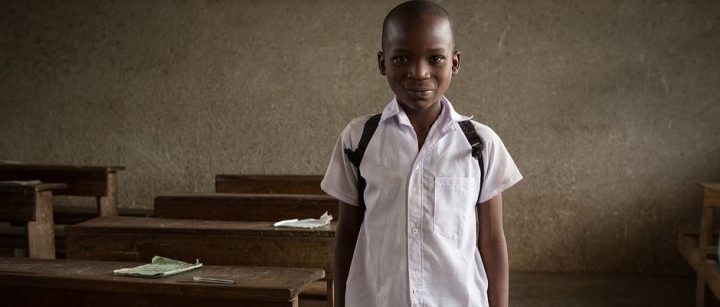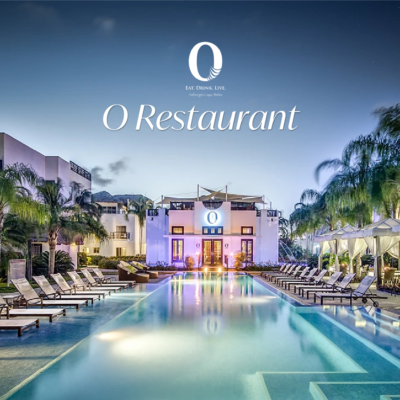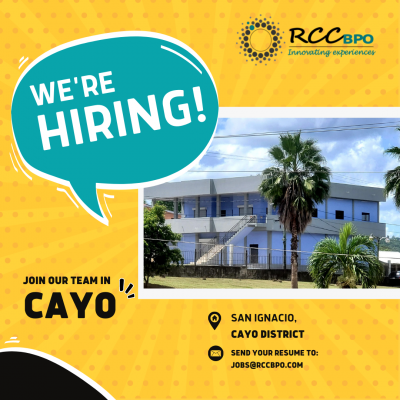- Submit News
- 501-666-6726
- [email protected]

Belize to attend NACAC U23 this coming weekend in Costa Rica
July 6, 2021
Missing Belmopan teen found
July 6, 2021Posted: Tuesday, July 6, 2021. 3:17 pm CST.
The views expressed in this article are those of the writer and not necessarily those of Breaking Belize News.
By Dorian A. Barrow, Ph.D., Florida State University: We, the citizens of Belize, have been promised “Free Secondary Education” since 1993, when the then Minister of Education, Hon. Eladio Aragon, first announced it. Over the twenty-seven (27) years leading up to the 2020 general elections we have had four UDP Administrations in government (1993-1998, 2008-2020 – 17 years) and two PUP Administrations in government (1998-2008 – 10 years). In 2020, the PUP in their Plan Belize Manifesto renewed their commitment to “Free Education”: ‘Truly free education from preschool to sixth-form’ (Making Education Work for Belize, 2020). Yet in 2021, we are paying anything from $720 to $1200 per year per child for secondary schooling in Belize.
Has the promise of free secondary education by our political elites been a hoax? My thesis is that free secondary education has become the political hoax of the twenty first century! It is a hoax in part because our political elites know that the State’s economy cannot sustain a ‘free education’ policy yet they advocate for such a policy election season after election season knowing that the economy in its current configuration cannot sustain it. But what is this “Free Education” hoax of which I speak?
A hoax is a humorous or malicious deception. It is a falsehood deliberately fabricated to masquerade as the truth. It is distinguishable from errors in observation or judgement, rumours, urban legends, pseudoscience and April Fools’ Day events that are passed along in good faith by believers or as jokes. Hoaxes are ways of messaging so as to trick someone into believing as genuine something false and often preposterous, such as a policy on ‘Free Education’. It is often something to deceive or defraud. It is in this context that I am arguing that free education in Belize is a political hoax, since it has become an empty claim intended to deceive, a deliberate trickery intended to gain advantage at the polls.
When I went to high school in Belize back-in-the-day, we paid ‘school fees’. This was a fee we had to pay every month to secure the spot in the high school of your choice. I went to St. Michael’s College in Belize City and my parents paid $25 per month or $250 per annum. A student going to a secondary school like Mount Carmen High School in Benque today is paying three times that ($720 per year) or one attending St Catharine’s Academy in Belize City would be pay about $1200 per year, literally almost twice the Mount Carmen amount. School fees over the last 28 years since they promised us ‘Free Education’ in 1993, on an average has increased by three fold/(~300%). This has widened the access to the high school gap between the children coming from advantaged households to those coming from less advantage households, and as Dr Osmond Martinez has shown, is contributing significantly to the high index of poverty among certain sectors of our society, especially among the rural and urban poor.
But why have we deteriorated to this point to where access to our high schools are less free than it was 30 years ago? Thirty years ago, we had fewer secondary schools, most of which were Church owned and managed and given a government ‘s stipend (grant) to help pay the teachers’ salaries. The cost of running the school came from that stipend and the fees students attending the schools paid. The school fees paid by students to different public secondary schools varied widely – from about $25 per month to about $60 per month. Schools made up their deficit financing through gifts, fairs and other fund-raising events.
When the ‘free-tuition’ was announced in 1993, the first challenge was, therefore, getting the high school managements to agree on a standard school fee. Schools charging fees at the $60 per month end of the fee-structure, would have to lower their fees and those at the lower end ($25) would have to raise their fees. Our secondary school managements could not reach agreement on this so GOB set the standard fee per child that they could afford (~$40 per child) and so that formed the basis of the GOB’s school fees transferred. The deficit the schools had to raise on their own and so were allowed to charge ‘fees’. To make up their deficits schools had to charge different amounts. Hence this discrepancy between some schools charging $720 per year while others as much of $1200 per year. Through this mechanism the government now transfers about $2,700 per year per child attending any of the public high schools – government and grant-aided secondary schools.
What the government can afford to transfer to our secondary school is a function of the size of the economy. Belize spends 30% of its small GDP on education. Most developed countries spend about 4% of their GDP on education, that is because they have much larger GDPs. The problem of free education in Belize is therefore a structural one. We have to reduce the proportion of our GDP we spend on education, but that is only possible if we increase our GDP significantly. For example, Trinidad and Tobago spends about 15% of its GDP on Education, but it is a much, much larger GDP than ours, so they end up spending much more money on education than we do, and they get better student results – on the PSE (SEA) and CXC; the quality of the service they provide employers and in the tertiary sector.
The real challenge that the free education rhetoric has faced over the last 30 years is as a consequence of country’s dismal economic growth. The bigger the economy the more taxes the government collects and the more money it would have to finance a free education system. In my view, this is the real reform that we need at this point, and I look forward to the day when Honourable Chris Coye of Ministry of Economic Development and Ministers of Education (hon. Francis Fonseca and Hon. Louis Zabaneh) are on the same page with this. The bottom line is that we need a bigger economy to be able to afford “Free Education” in the way our political elites talk about it. Until they get that right, the rhetoric of free education will continue to be a hoax.
Feel free to challenge any or all of the views suggested in this column and let’s get the conversation on free education and sustainable development of the country going.
Advertise with the mоѕt vіѕіtеd nеwѕ ѕіtе іn Belize ~ We offer fully customizable and flexible digital marketing packages. Your content is delivered instantly to thousands of users in Belize and abroad! Contact us at mаrkеtіng@brеаkіngbеlіzеnеwѕ.соm or call us at 501-612-0315.
© 2021, BreakingBelizeNews.com. Content is copyrighted and requires written permission for reprinting in online or print media. Theft of content without permission/payment is punishable by law.



































































Comments